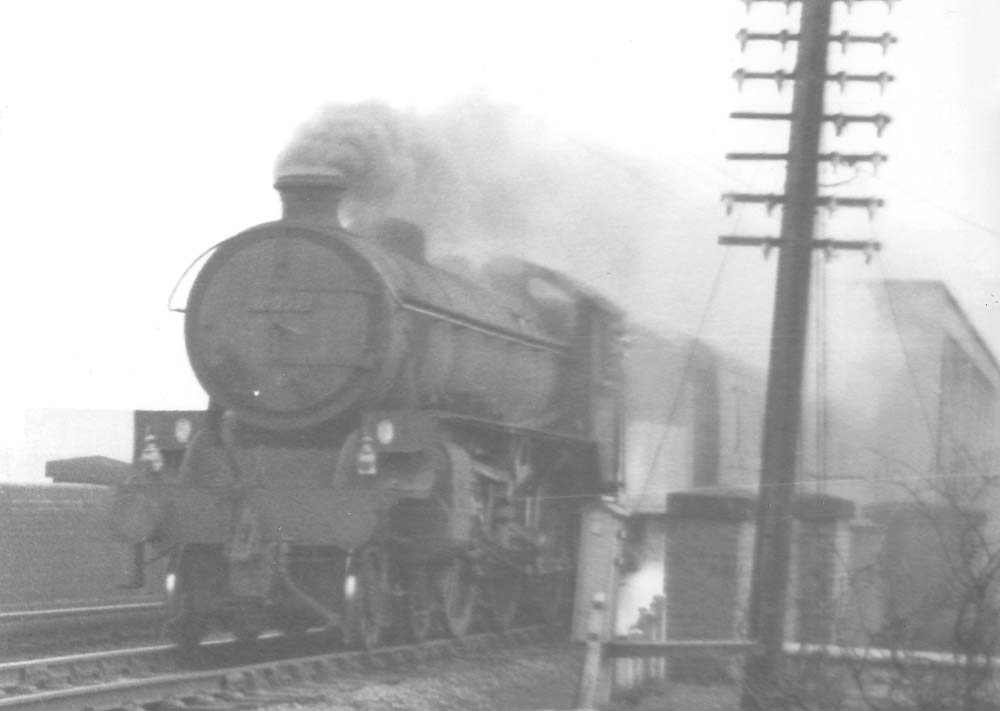|
|
 |
 |
|
LNER Route: Leicester to Marylebone
Rugby Central Station: gcrcs194
 |
An unidentified ex-LNER Class B1 4-6-0 locomotive is seen
working hard as it heads an up express passing over the West Coast main line.
The B1 were a class of steam locomotive designed for medium mixed traffic work.
It was designed by Edward Thompson. It was the LNER's equivalent to the highly
successful GWR Hall Class and the LMS Stanier Black Five, a two-cylinder mixed
traffic 4-6-0. However, they had the additional requirement of having to be
cheap, as due to wartime and post-war economies, the LNER, never the richest
railway company, had to make savings. Introduced in 1942, the first of the
class, No 8301, was named Springbok in honour of a visit by Jan Smuts. The
first 40 of the class were named after breeds of antelopes etc, and they became
known as bongos after No 8306 Bongo. A total of 274 were built by the LNER
followed by a further 136 being built by British Railways after nationalisation
in 1948. The total number in stock at any one time however was only 409 as No
61057 which crashed in 1950 was deemed too damaged and was therefore scrapped.
The B1s operated throughout LNER territory; the first batch was distributed
among depots on the former Great Eastern Railway section: Ipswich, Norwich, and
Stratford in London. They were an immediate success and were soon working the
Liverpool Street - Harwich boat trains, the Hook Continental and the Day
Continental. The B1s were also a familiar sight on other top-link workings such
as The East Anglian, The Broadsman and The Fenman. During the 1950s over 70 B1s
were stationed on ex-GE lines. They enjoyed similar popularity on ex-Great
Northern and Great Central territory with engines based at Darnall, Sheffield,
regularly rostered for the Master Cutler and South Yorkshireman expresses.
Elsewhere there were substantial allocations in Scotland, West Yorkshire and on
Humberside.
 back back

|
|
|
